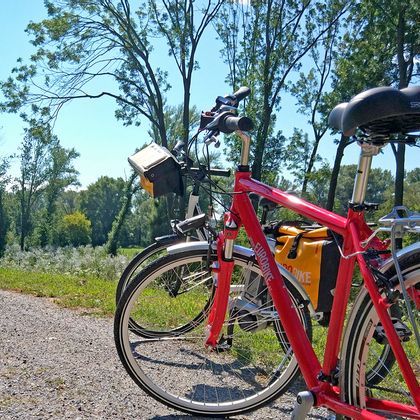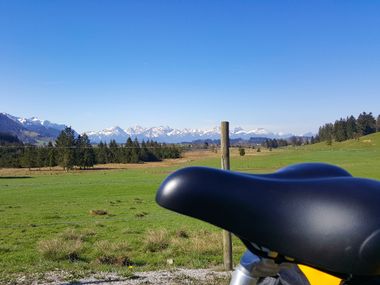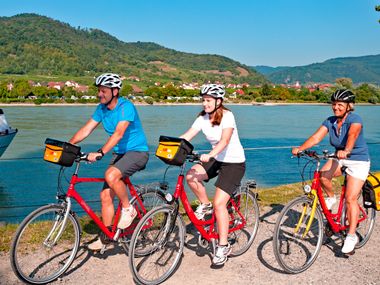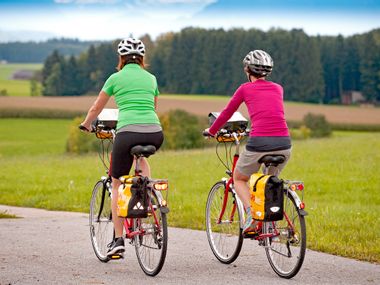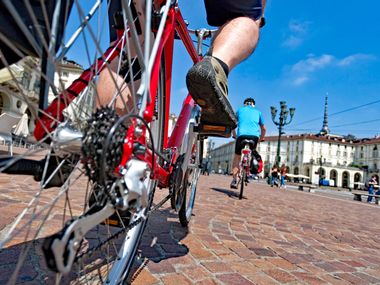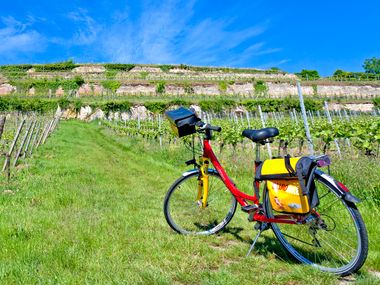Even professional cyclists have pain during their first trips after a long break from training – this is completely normal! After all, almost all of your bodyweight rests on a small area. In order to keep the feeling of pressure within limits, it is best to distribute weight as evenly as possible over all contact points. This includes the handlebar, the peddles and the saddle. In addition, the buttocks are a large muscle that needs to be trained like all other muscles.
Hence when planning a cycling tour it is worth making sure you slowly get used to the bike and the saddle beforehand. Cycle on a regular basis, which will greatly prepare you for the cycling holiday. It is recommended to embark on a small cycling tour at least once a week. This ensures that you not only adjust well to your equipment but also keep fit!


